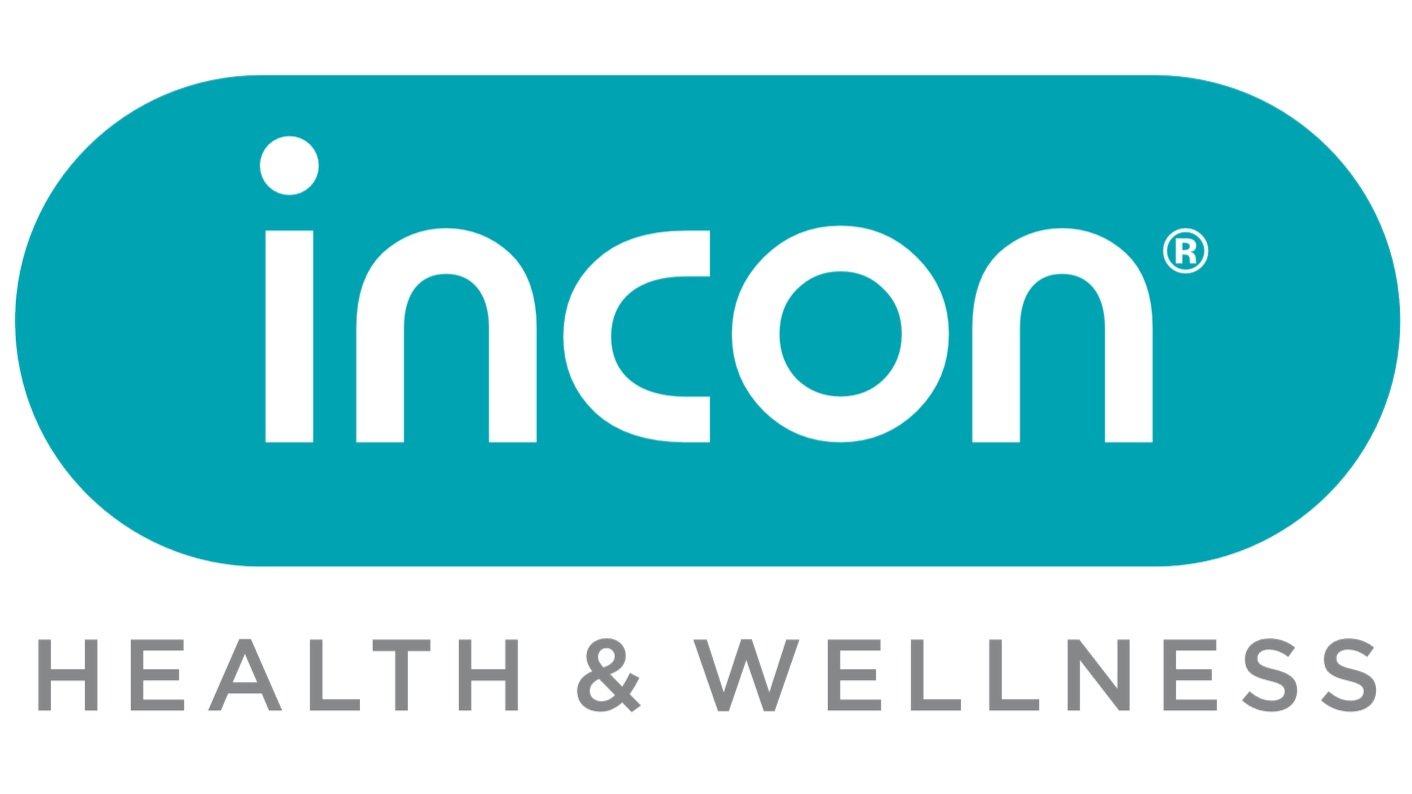OH&S Regulations
The pivotal realm of Occupational Health and Safety (OHS) in South Africa revolves around ensuring secure and healthy workplaces while driving productivity.
Solid Legal Foundations: The cornerstone of OHS in South Africa is the Occupational Health and Safety Act (Act 85 of 1993). This legislation defines the obligations of employers, employees, and stakeholders, highlighting the significance of a secure work environment. Complementing the Act are specific regulations tailored to diverse health and safety aspects, including machinery operations and handling hazardous materials.
Shared Safety Responsibilities: Employers shoulder the task of crafting a hazard-free workplace for their employees. This entails conducting thorough risk assessments, implementing effective safety measures, and delivering comprehensive training programs. On the flip side, employees contribute to a safety-oriented culture by adhering to established protocols, utilising personal protective equipment (PPE) where required, and promptly reporting any unsafe conditions.
Proactive Risk Management: Central to OHS in South Africa is the practice of risk assessment. Employers systematically pinpoint potential workplace hazards and assess related risks. This systematic approach facilitates the implementation of preventive measures to curb risks and avert accidents, nurturing a culture focused on safety.
Collaborative Health and Safety Committees: Larger workplaces are mandated to establish Health and Safety Committees. These committees serve as platforms for collaboration between management and employees. They play a pivotal role in enhancing communication, refining safety protocols, and ensuring strict adherence to OHS regulations.
Thorough Training and Skill Enhancement: Adequate training forms the bedrock of OHS compliance. Employers offer comprehensive training programs encompassing emergency protocols, proper equipment usage, and safe handling of hazardous substances. This equips employees with the knowledge and skills needed to uphold safety standards.
Enforcement and Accountability: Deviating from OHS regulations invites repercussions. Non-compliance may lead to penalties, fines, or legal actions. Regulatory bodies oversee the adherence to safety standards, underscoring the importance of maintaining a secure work environment.
Occupational Health and Safety requirements serve as the foundation for safe and productive workplaces in South Africa. The legal framework, shared responsibilities, risk assessments, training initiatives, and incident reporting collectively contribute to fostering a work environment that prioritises both health and productivity.
Organisations that diligently uphold these requirements play a pivotal role in constructing a safer, healthier, and more prosperous workforce and nation.

